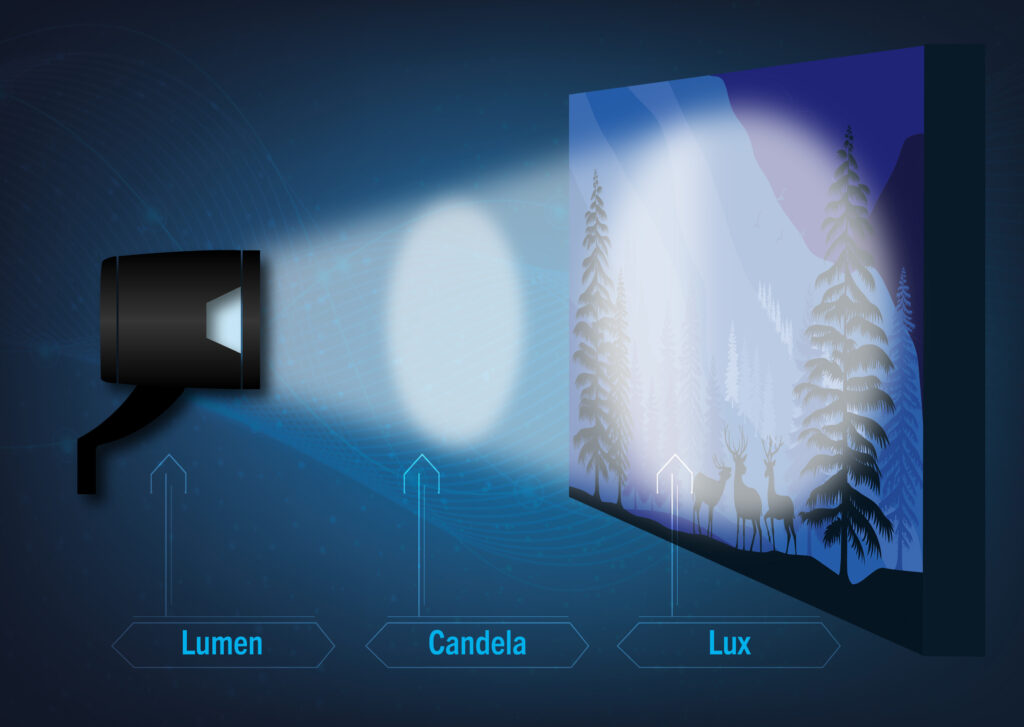Bike light buying guide: comparing light values
Know your way around lumen, lux and candela – the basics of light and optics
When you consider buying a new bike light, the first thing that comes to mind is probably how bright the light should be. Sounds simple enough, but there are a few things that are good to know. You want to compare different lights objectively to find the optimal light for your way of riding and that will give you the best value for your money. We have put together a guide for you with the basics you need to know.
Interpreting light values
All LED bike lights, regardless of brand, will be brightest when just turned on, and shine less bright when they get hot. Depending on the construction and cooling of the light, the output will decrease gradually until a stable level is reached.
Herrmans always mentions the stable value, measured after 30 minutes, not only the initial higher value that typically only lasts a few minutes.
Pro tip 1: Always check that the indicated lumen/lux values are the stable values.
Pro tip 2: A strong light is great but not all that matters; it’s just as important how the available light is spread in the light pattern. Read more in “What defines a good light pattern?”
Lux vs. Lumens vs. Candela – what’s the difference?
To put it very short:
- Lumen is a measure of how much light is emitted.
- Candela indicates the visible intensity in a given direction, from the light source.
- Lux values tell you how bright a given surface will be.

And the slightly longer version:
Lumen (lm)
= Unit for luminous flux. This is a measure of the total “amount” of visible light emitted by a light source. More lumens equal more light, but there’s more to it than that. Lumen is a frequently used value for comparing lights, but it’s important to remember that the real perceived intensity of the light will depend on the direction and the area onto which it is projected.
Lux (lx)
= Unit for illuminance. Lux is a measure of how much luminous flux is spread over a given area. Definition: 1 lx = 1 lm/m2. In the bike business, the Lux value is usually measured on a vertical screen at 10m distance (as per the German type approval measurement). This is often a more accurate way of describing and comparing how well the light illuminates a given area. You can also say that Lux is a measure of how well the optics in the bike light uses the available light (lumens).
But to be clear, in real life your bike light will not hit the road straight ahead as in the tests, but diagonally, so the light will be distributed on a bigger area. Therefore, it’s good to also check the actual light patterns when comparing bike lights.
Candela (cd)?
= Unit for luminous intensity. Candela measures light intensity in a given direction and is used for rear light specifications. A common candle emits light with roughly 1 cd luminous intensity. And for comparison: 100 cd equals 1 lx (on a vertical screen at 10m distance).
This article is part of a series, also read:
What defines a good bike light pattern?
How many Lumens or Lux do I need?